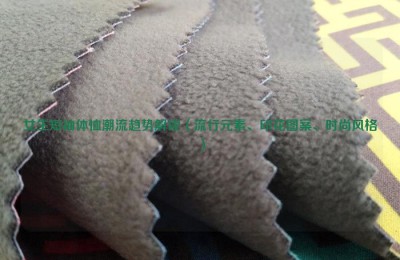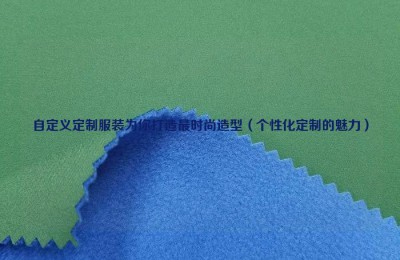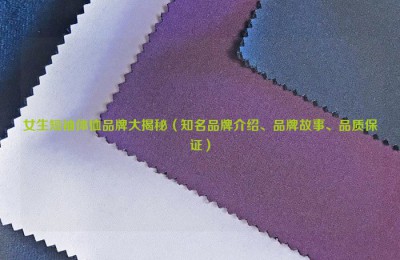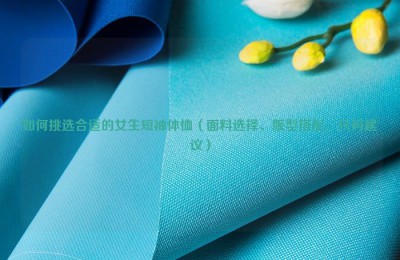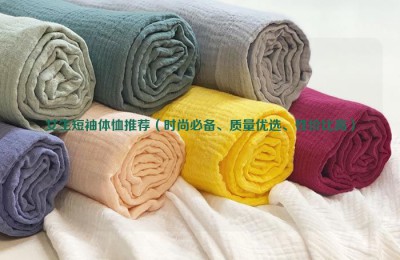Hemp is an ancient fiber plant with many types, including hemp, ramie, flax, jute, abaca, sisal, kenaf, etc. They are all tough fibers and can be used for the textile and paper industries. raw material. my country is one of the major hemp-producing countries in the world and the country with the most varieties of hemp. 1. Cannabis, commonly known as cannabis, is an annual herbaceous plant of the Moraceae family and has strong adaptability to natural conditions. It has been cultivated in ancient my country. Cannabis is dioecious. The male plant is called juma (also called hemp seed). The male plant is called Bima, and it only produces flowers but no seeds. After harvesting, the hemp obtained by drying and peeling is called Kuima, and the retting hemp is called thread hemp. Hemp fiber is mostly used in saddlery ropes for carriages and horses, but is rarely used in papermaking. After processing, it can be woven into linen, canvas, fishing nets, etc. Hemp seeds can be squeezed for oil, and human medicine has the effects of moistening the intestines and laxatives. Cannabis is distributed throughout the country, but it is mainly produced in the provinces north of the Huaihe River in the Qinling Mountains, with Heilongjiang and Shandong having the highest yields. 2. Ramie is a perennial herbaceous plant of the Urticaceae family, and its ratoon roots can last up to 10-30 years. Ramie fiber is mainly composed of the above-ground stem part of Ramie, often called hemp stem. Hemp stems sprout from underground stems, grow in clusters or scattered, and are cylindrical in shape. The skin is light green or dark green, and the overall height is generally 1~2m. The highest can reach about 3m. Mature hemp stems can be divided into six parts from the outside to the inside: epidermis, cortex, phloem, cambium, xylem and pith. Ramie fiber exists inside the phloem. The distribution of Zhu Ma in my country is mainly concentrated in the provinces south of the Yangtze River, mostly in Hunan, Hubei, Jiangxi, Sichuan and other provinces. Hemp stems grow very quickly and can be harvested 2 to 5 times a year under various climatic conditions in my country. The hemp areas in the Yangtze River Basin generally harvest three times a year in Guangdong and southern Guangxi, and can harvest 4-5 times a year. Shaanxi, Shanxi and other places can harvest twice a year. 3. Flax is an annual herbaceous plant of the Linaceae family. It likes a cool and humid climate and has a short growing season. Flax fiber is long, tough and wear-resistant, and is a good raw material for spinning and weaving fishing nets. The oil squeezed from flax seeds is called linseed oil. It is a raw material for refining paints and inks. It is cultivated in Northeast and North China. Heilongjiang has the largest output. Harbin is the largest modern large-scale flax textile factory in the country, with spindles accounting for 3/4 of the country’s total. 4. Jute, also known as “Jute”, is an annual herbaceous plant of the Tiliaceae family. It likes high temperatures and is one of the most important hemp crops in the world. It is native to Southeast Asia, with India and Bangladesh having the most land. my country is one of the three largest jute producers in the world, with a relatively wide cultivation area, with the largest number in Zhejiang and other provinces. 5. Abaca is a perennial herbaceous plant of the Musa family. It is called abaca because it looks like a banana tree. It is native to the Philippines and has always been a traditional export product of the Philippines. It has long ranked first in the world. And because the Port of Manila is the main export port for the hot hemp produced, it is also called Manila hemp. Because of its color, the local Chinese call it white hemp. Generally, abaca can be harvested three years after sowing. People use a knife to peel off the outer bark of the stem and soak it in water to remove impurities. After drying and pressing, the tough and shiny hemp fiber can be separated. Abaca is resistant to seawater immersion and is the best raw material for weaving fishing nets and ropes. It can also be used in the textile and paper industries. It is mostly cultivated in Hainan Province, my country. 6. Kenaf: Kenaf, also known as kenaf and ampere, is an annual herbaceous plant of the Malvaceae family. Kenaf has many advantages and can adapt to various climatic conditions such as hot, cold, dry and wet. It is drought-tolerant in the seedling stage and flood-tolerant in the growing stage. It is also very adaptable to soil conditions and can grow in low-lying areas prone to waterlogging or saline-alkali barren areas. Due to its higher annual yield, kenaf has developed faster than jute since it was introduced to my country in the early 1970s. However, because it is a short-day crop and does not flower and set seeds in the north, the seeds need to be imported from the south. Kenaf is widely distributed in my country and has been planted in most provinces across the country, but the one with the highest yield is Anhui Province. Kenaf fiber is soft and shiny. It is mainly used to make sacks and ropes into paper. The seeds can be pressed for oil, and the leaves and oil meal can be used as feed. It is a multi-purpose hemp crop. In addition, the planting area of sisal and chrysanthemum in my country is not small, and the output is also considerable.
AAA flame retardant fabric mesh KY, 7II56U65
Classification of hemp fiber composite fabric information
Hemp is an ancient fiber plant with many types, including hemp, ramie, flax, jute, abaca, sisal, kenaf, etc. They are all tough fibers and can be used for the textile and paper industries. raw material. my coun…
This article is from the Internet, does not represent Composite Fabric,bonded Fabric,Lamination Fabric position, reproduced please specify the source.https://www.yjtextile.com/archives/37373

